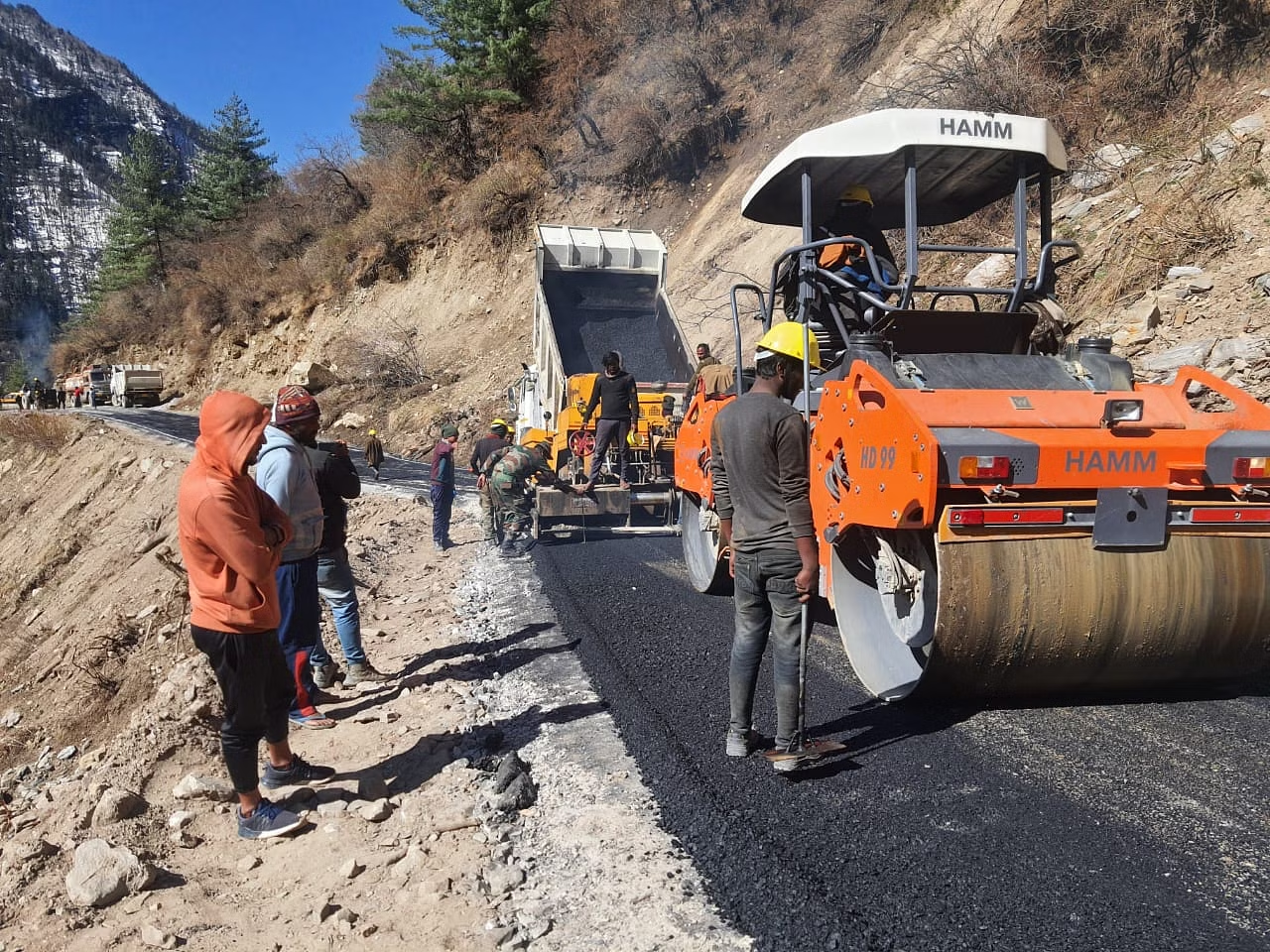/logo.png) ISO 9001 : 2015
ISO 9001 : 2015

Thursday 17th of April 2025
04:29 PM IST


Social Media


- Home
- About Us
-
Our Services
Other Programmes
Govt. Sponsored Skill Development Programmes
- Group of Companies
- Testimonial
- Contact Us
